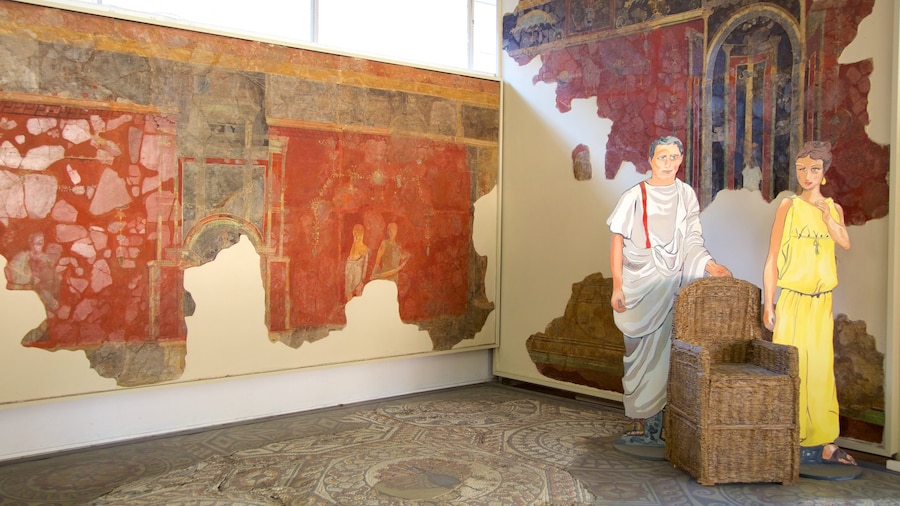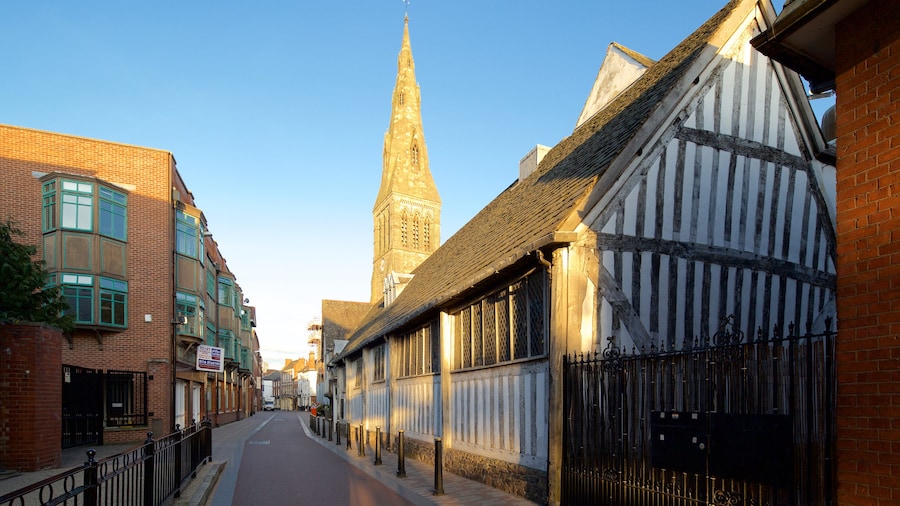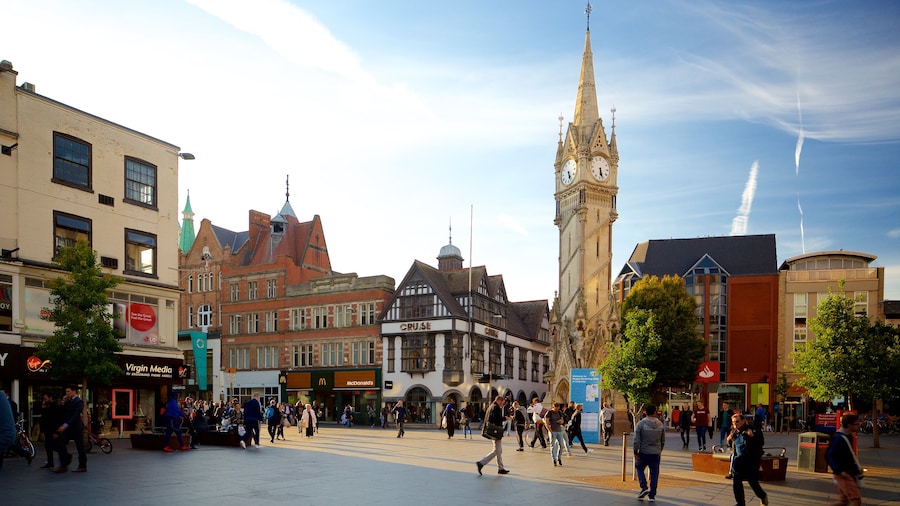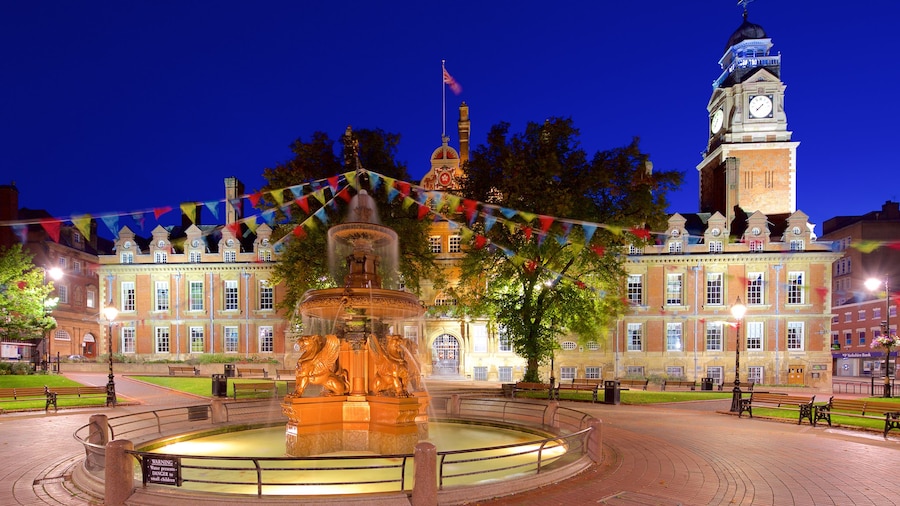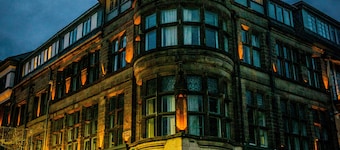Visit this quaint parish church to admire Saxon-era architectural features, Roman tiles and a collection of attractive stained-glass windows.
St. Nicholas’ Church is a religious landmark that displays a range of architectural styles. Identify the different design characteristics evident on the façade then head inside to inspect an interesting series of stained-glass windows.
The church is one of the oldest buildings in Leicester and sits in the civic heart of the Roman town of Ratae Corieltauvorum (modern-day Leicester). Stroll around the exterior to appreciate the varied architectural components, which span several historical periods. The windows on the north wall of the nave date back to Saxon times, with the arches above them showing evidence of the use of Roman tiles. The façade also has a simple Tudor-style porch.
Examine the arches on the square clock tower some are rounded in typical Romanesque style, while others are pointed and date from the Norman period. Below the arches is a row of reconditioned Roman bricks. These were possibly taken from the ancient Roman bathhouse situated adjacent to the church.
Walk through the airy nave, which is hemmed in by open brick walls. Look for a window designed by the notable stained-glass artist Theodora Salusbury in the south aisle chapel this is a memorial to a former vicar. Two additional windows decorate the interior. One portrays St. Mary and St. Nicholas while the other depicts St. George and St. Michael.
Back outside, find a street called Holy Bones. Named sometime around the 15th century, it is thought to be a reference to the church’s cemetery.
St. Nicholas’ Church is open to the public on Saturday and for worship on Sunday, when a service is held. Admission is free, although donations are welcome. This is an active place of worship so dress appropriately and remain quiet when visiting.
The church is located west of Leicester’s city center and about a 20-minute walk from the city’s main train station. While here, be sure to see the neighboring Jewry Wall, part of a millennia-old Roman bathhouse. Afterward, explore the Jewry Wall Museum, home to Roman mosaics, frescoes and exhibits documenting the prehistoric history of Leicester.


